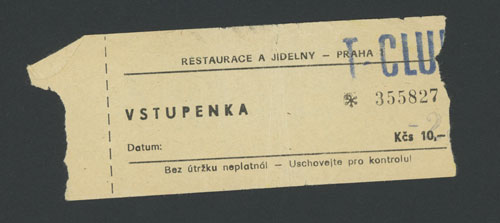In the 1590s, the poet Michael Drayton wrote Peirs Gaveston, Earle of Cornwall, a long poem about a 14th-century courtier who was the favorite and probable lover of Edward II (and whose first name is usually spelled Piers). Most of the poem is in Gaveston’s voice, but a few pages from the end, Drayton imagines King Edward mourning Gaveston in extravagant, almost histrionic terms:
O heavens (quoth hee) lock up the living day,
Cease sunn to lend the world thy glorious light,
Starrs, flye your course, and wander all astray,
Moone, lend no more thy silver shine by night.
Drayton’s Edward goes on to make similar demands upon the earth, the sea, the air, the wind, beasts, birds, fish, worms, meadows, mountains, groves, fountains, furies, spirits, ghosts, gods, devils, men, eyes, head, heart, hands, poets, and shepherds. Drayton seems to have been a big fan of the catalog as a rhetorical device. It’s possible that he sent his rhetoric over the top as a way of commenting on the character of Edward II, whose judgment seems to have been strongly colored by his emotions; it’s also possible that Drayton himself relished the sound of emotional extremity.
The stanzas remind me of W. H. Auden’s 1936 poem “Funeral Blues.” There, too, a poet mourns by making a somewhat absurd catalog: the speaker orders the silencing of clocks, dogs, telephones, pianos, and instructs airplanes, doves, and traffic police to join him in mourning. Auden seems to have been playing with the effect of hyperbole more consciously than Drayton did, and seems aware of the sense of irony that hyperbole naturally induces in readers. Can one be taken seriously, even in extremity, if one talks so absolutely? In the moment of bereavement, does one want to be taken seriously?
Auden’s fourth and final stanza reads as follows:
The stars are not wanted now; put out every one,
Pack up the moon and dismantle the sun,
Pour away the ocean and sweep up the wood;
For nothing now can ever come to any good.
John Fuller, whose commentaries on Auden’s poems are usually comprehensive, makes no reference to Drayton as a possible source for Auden, and the echo might of course be coincidental. But before Auden’s day—in fact, until very recently—there weren’t all that many elegies for gay lovers, and it seems possible to me that Auden had Drayton’s example in mind.

